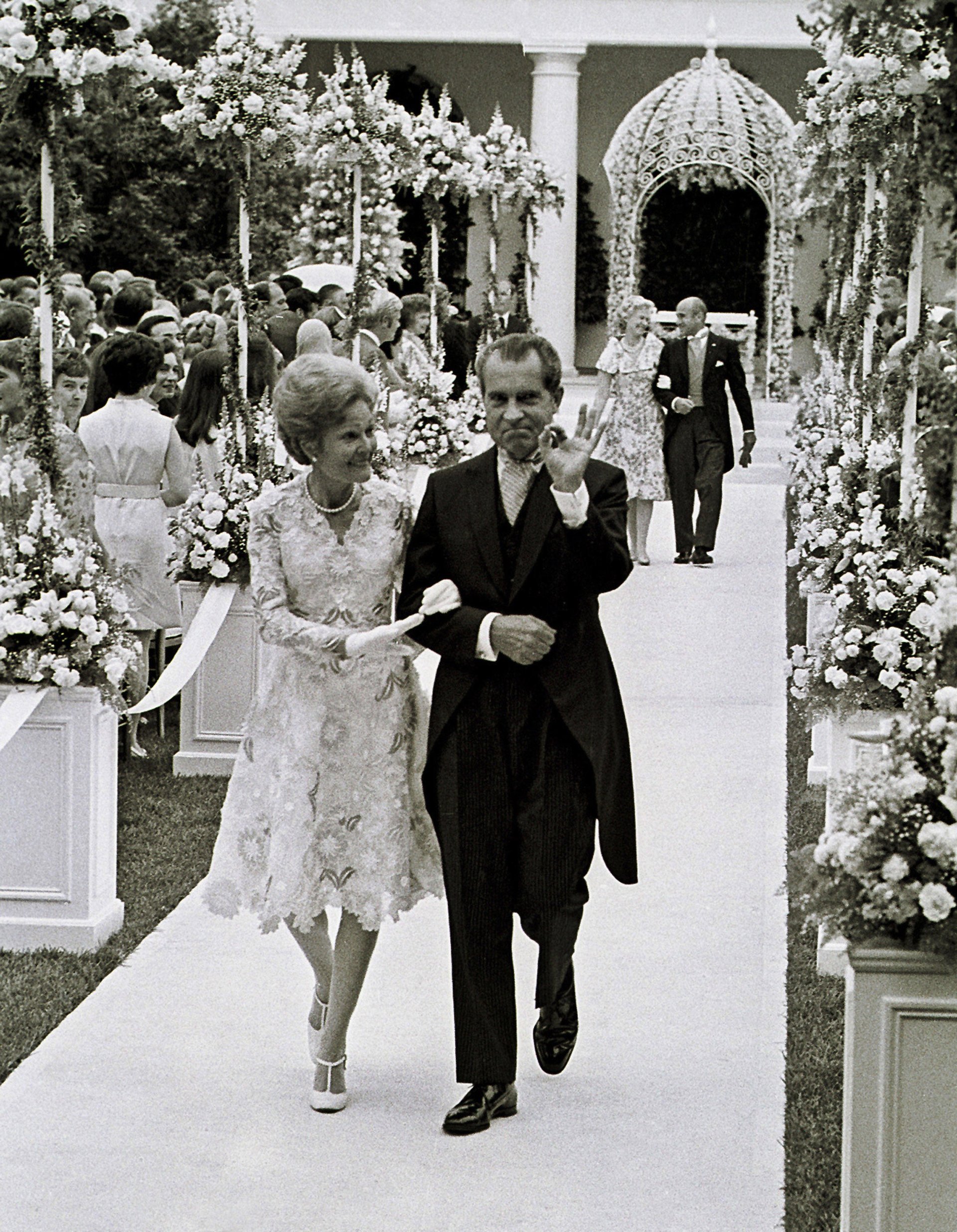Before she became “Miss Manners,” Judith Martin expertly trolled Richard Nixon
Steven Spielberg’s The Post is a rousing and timely portrait of what journalism can achieve in perilous times. It centers, of course, on the decision to publish the Pentagon Papers, as well as Katharine Graham finding her voice as a newspaper publisher in a male-dominated business and era.


Steven Spielberg’s The Post is a rousing and timely portrait of what journalism can achieve in perilous times. It centers, of course, on the decision to publish the Pentagon Papers, as well as Katharine Graham finding her voice as a newspaper publisher in a male-dominated business and era.
But before Post editor Ben Bradlee and Graham became US president Richard Nixon’s greatest foes, there was another woman journalist trolling the White House: Judith Martin, who later became famous as the etiquette columnist “Miss Manners.”
In 1971, Martin (played in the film by Jessie Mueller) was blacklisted from covering the wedding of Nixon’s daughter, Tricia Nixon. The reason? A few years earlier, in 1968, she snuck out of the press corps pen at the wedding of Nixon’s other daughter, Julie Nixon, to David Eisenhower. Like any good reporter, she sought a far better vantage point, and found one by blending in with the bridesmaids. Nixon was not pleased. In the end, Bradlee decided that if Nixon didn’t want Martin to cover his daughter’s wedding, the Post would send no one.
Martin’s antagonizing of the White House—with lifestyle reportage, of all things!—predated the Washington Post’s battle over the Pentagon Papers. Arguably (and in The Post’s telling of the story) it teed up Bradlee and his team to continue this adversarial relationship, and helped spur their battle to publish documents vital to the country’s understanding of the Vietnam War.
Martin went on to become Miss Manners in 1978—a syndicated column which continues to this day —and was awarded a National Humanities Medal in 2005. Her days covering embassy parties and the social lives of Washington’s political elite, writing for the Post’s under-appreciated “For and About Women” section, helped shape the tone of coverage that Bradlee’s Style section, officially founded in 1969, was lauded for.
In 2014, she explained the under-the-radar power of the reporting perch she operated from.
My regular assignment was embassy parties, and I would stop at the foreign desk on my way out to ask what was happening around the world that day, so that I could seek the ambassador of whichever country was in crisis, as one or another always seemed to be. Having spent business hours avoiding the press, the targeted diplomat would nevertheless answer my questions, often also supplying recklessly un-spun background information of which he supposed I was ignorant.
Inevitably, such a rich source would call the managing editor the next day, outraged at seeing his own words in print, to scream, “How was I to know that girl was a reporter?”
Yes, he would have to admit, I had identified myself as being a reporter from The Washington Post. Yes, he had noticed that I took notes while he talked. But how could anyone be expected to understand that a woman wearing a party dress was a working reporter?
It’s a fascinating historical footnote, and also a warning worth heeding to this day: Lifestyle journalists in party dresses are not to be messed with.